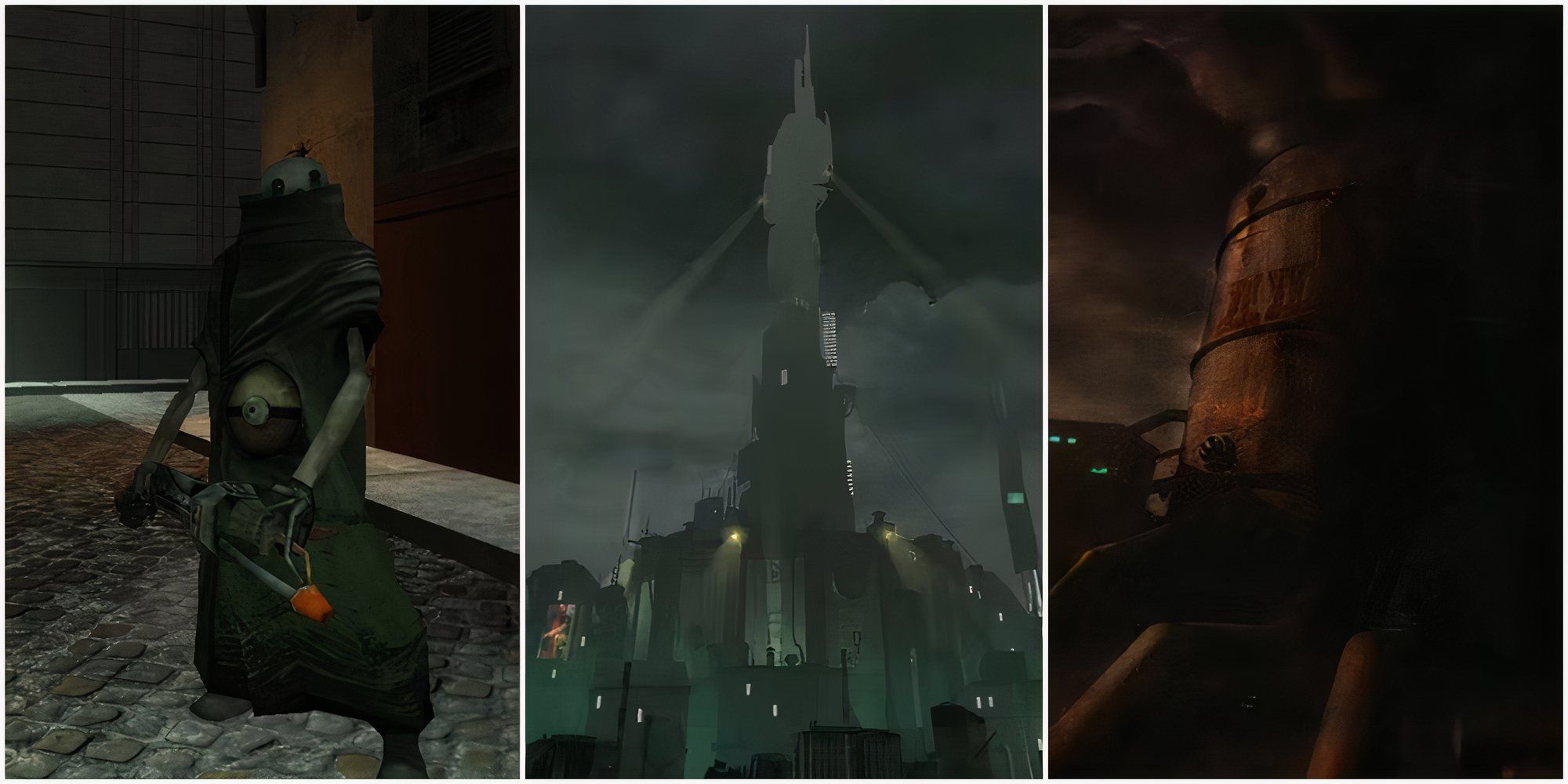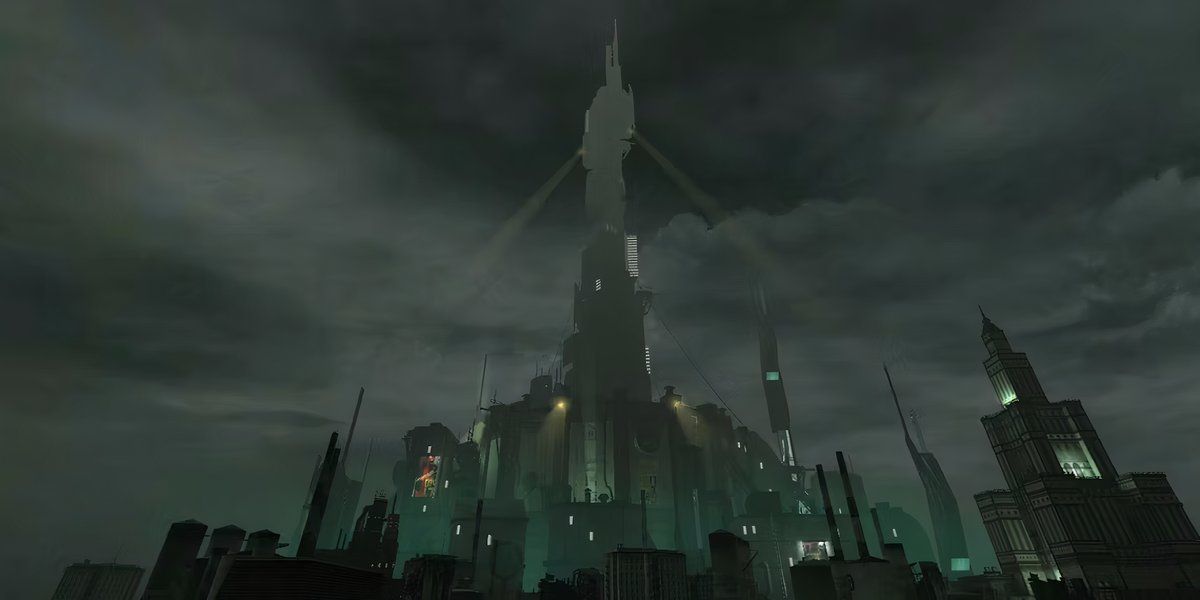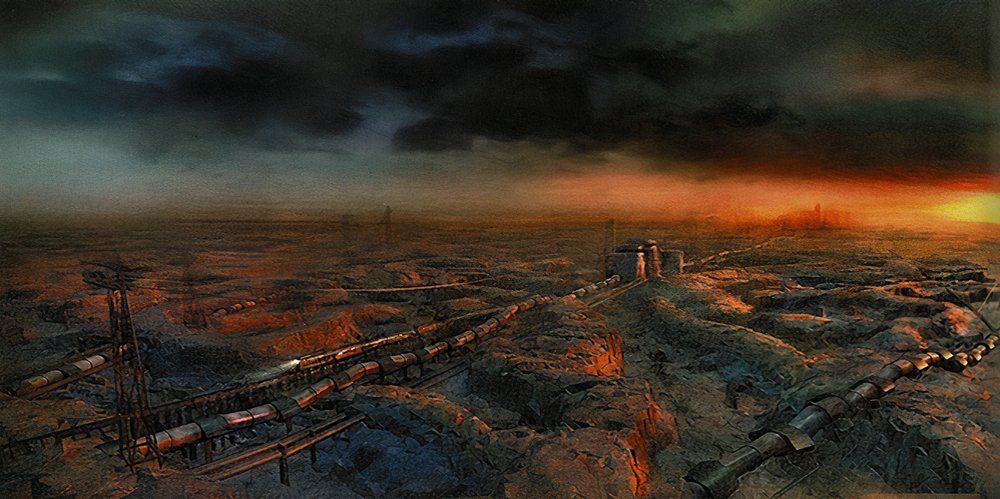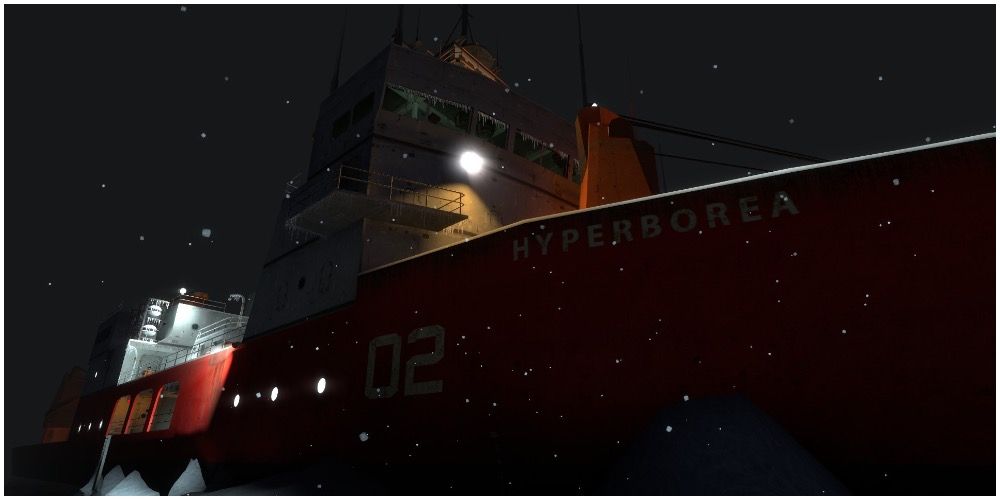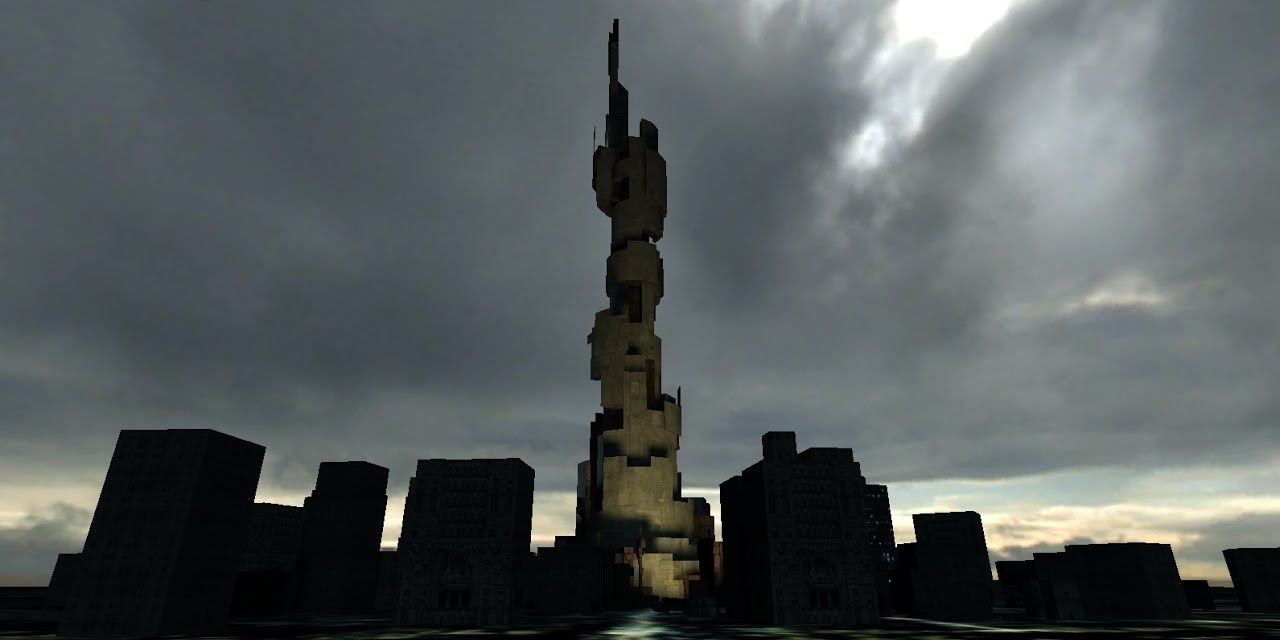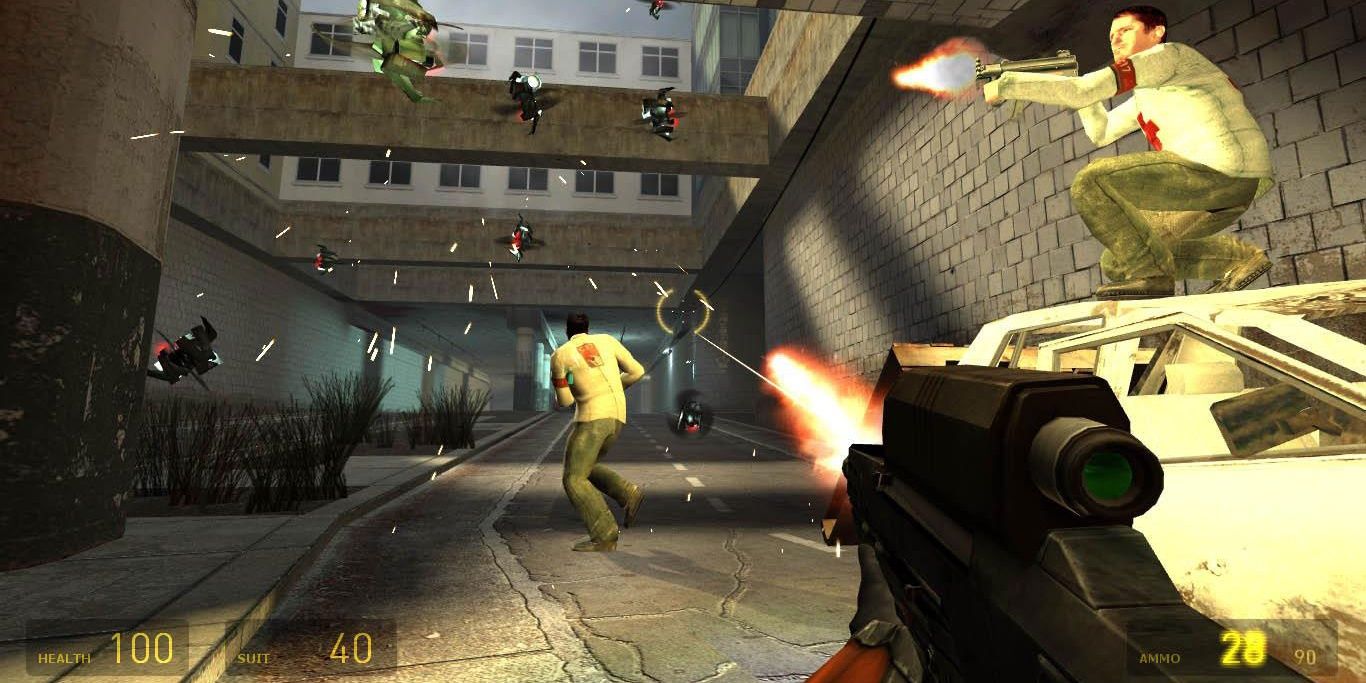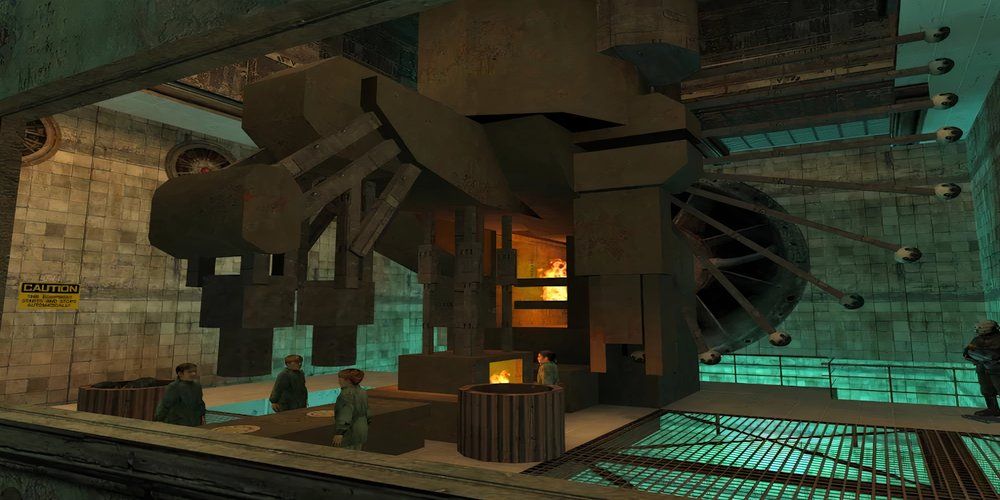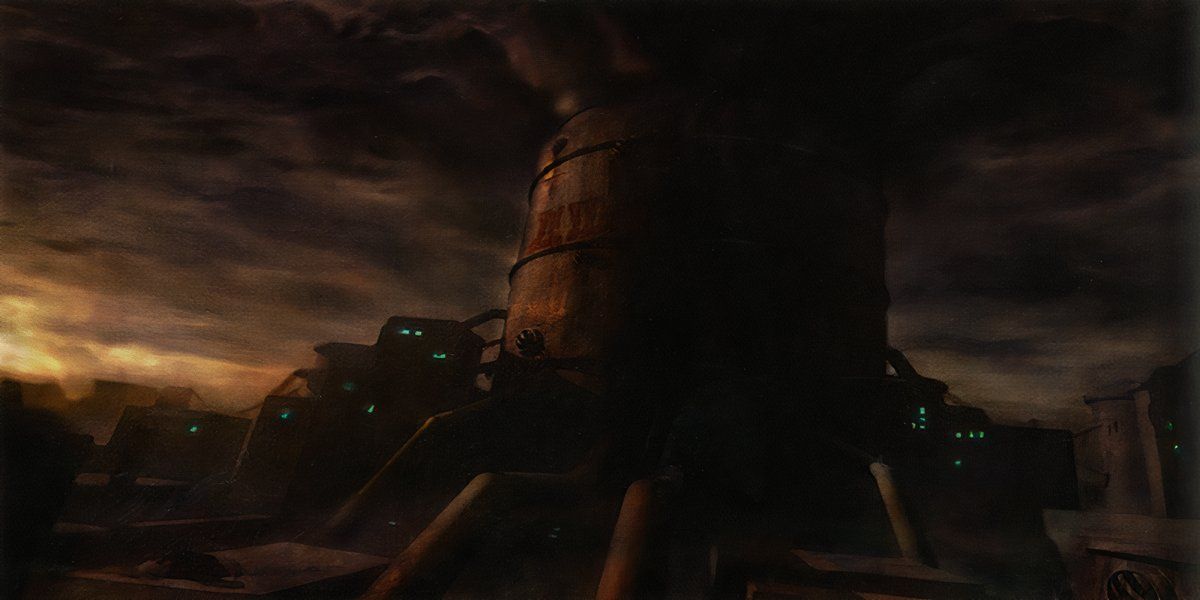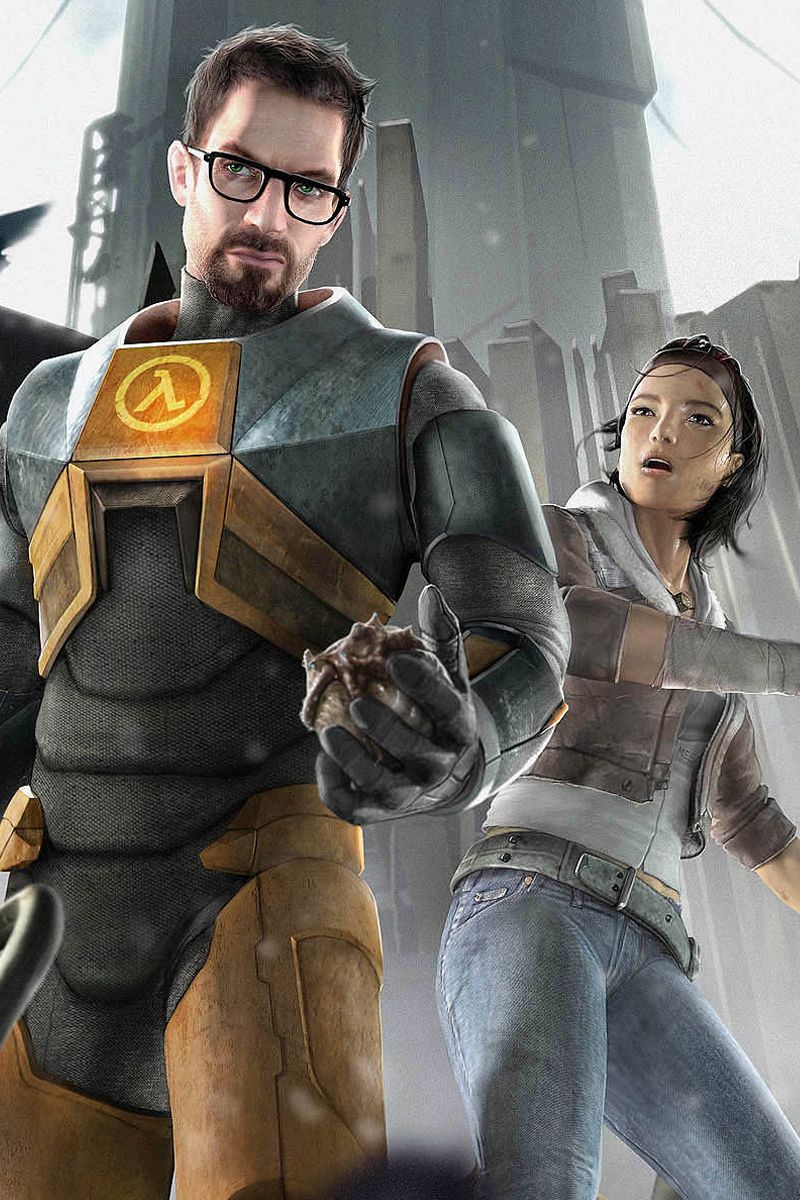Highlights
- Half-Life 2 was almost a darker, soul-crushingly bleak game with Industrial American art direction and a more oppressive wasteland setting.
- The "Beta" version had drastically different enemies, weapons (like the Physgun), storylines, and a more genocidal tone towards The Combine.
- Cut content like child slaves in City 17, the Air Exchange poisoning Earth's atmosphere, and various enemy classes provide a glimpse into what could have been.
Since it was released in 2004, Half-Life 2 has been considered one of the best, and most important, games ever made. Like its predecessor, the game pushed the boundaries of what was possible in the gaming landscape, and in the process, became a shining example of the promise gaming held as a medium. The interesting thing, however, is that it was almost a vastly different style of game before it eventually released.
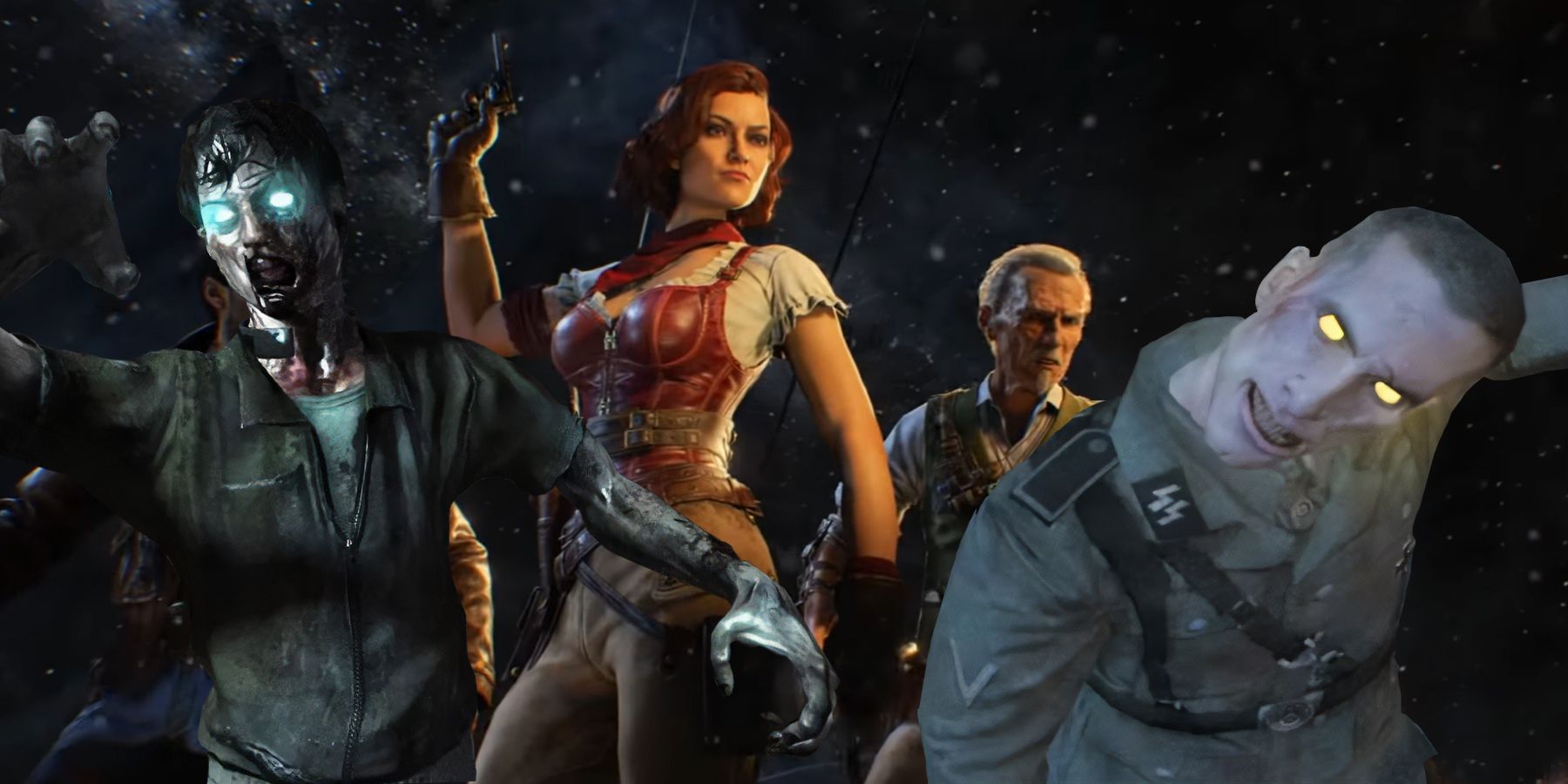
11 Call Of Duty Games With The Best Zombies Modes
Zombies has been a Call of Duty staple for well over a decade now. The games on this list featured the best iterations of the addictive horror mode.
Half-Life 2 was very nearly a much darker and moodier game than what it eventually evolved into, with many of the final version's plot points, lore, and characters taking on radically different shapes during development. Much of this was discovered before the game was even released via a leak by one Valve super-fan. The materials in the leak, along with information from the book Half-Life 2: Raising the Bar, have collectively been referred to as the "Half-Life 2 Beta" (among other names). Here are some of its major differences from the final game.
8 Tone & Atmosphere
Half-Life 2 Was Almost Soul-Crushingly Dark
In the final version of Half-Life 2, the Ravenholm segment is consistently held in high regard, in part for it's darker tone and experimentation with survival horror level design. This segment is perhaps one of the few leftovers from the pre-release versions of the game, which were also far grittier than the game ended up being on release.
The "Beta" leaned heavily in an industrial artistic direction, and was overall a far more bleak and suffocating take on the world of Half-Life, especially with regard to the Combine and their explicitly genocidal domination over the Earth (something that was toned down on release).
7 The Wasteland
A Briefly-Teased Yet Richly-Oppressive Setting
While the wasteland was teased for a split second in the final version of HL2, it was set to appear in a more fleshed out capacity at some point in development. The wasteland was said to have been caused by the Combine draining Earth's oceans and the presence of the Air Exchange, a massive network of machines that were designed to change the atmosphere of the planet.
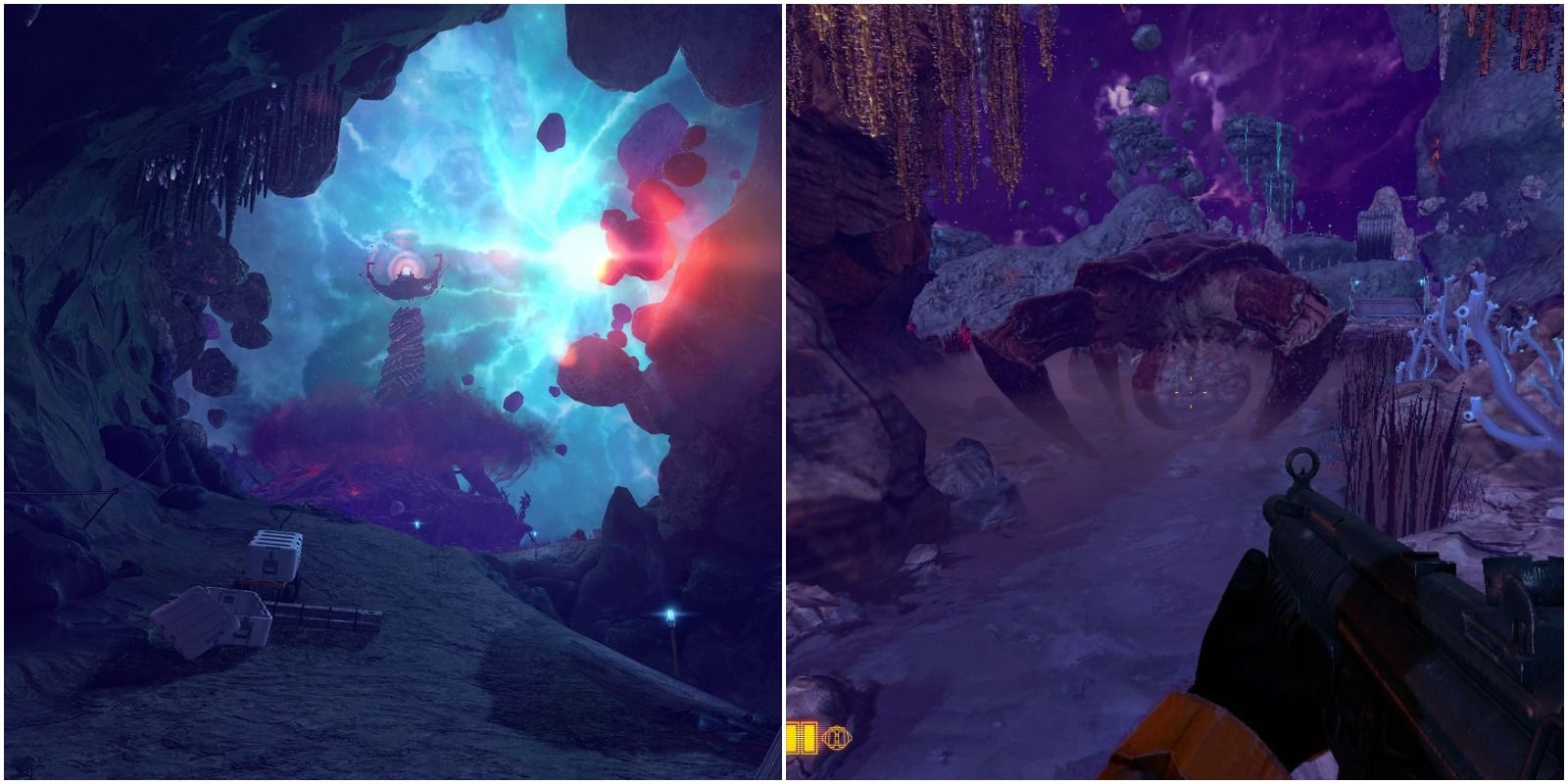
Black Mesa: 5 Changes From the Original Half-Life (& How They Improve the Game)
Black Mesa provides a much-needed update to the iconic sci-fi shooter Half-Life. Here are a few ways the remake improves on the original.
The wasteland also would've seen the return of a few Half-Life 1 enemies like the Bullsquids, and featured a whole host of levels as Gordon makes his way to Eli's scrapyard laboratory, following an ever present railway that was to connect the various points of the wasteland together.
6 Story & Characters
The Story Went Through Many Revisions Before Release
The story of Half-Life 2 went through many changes during development, though the specifics aren't known. What is known, however, is that plot elements such as the Borealis, The Combine, and many characters were radically different at various points in development. The story itself seemed to be less focused on the supporting characters and more on Gordon's long journey through Combine-occupied territory, and the desolate wasteland that resulted from their resource plundering (itself a major plot element).
Before Dr. Breen, there was the Consul, a mysterious (and not entirely human) figurehead of the Combine who would broadcast propaganda throughout City 17. Alyx Vance and Eli also received some changes, as they were not originally related. Other ideas, like the Borealis, would be reworked and later reused in the final game or, in this case, Half Life 2: Episode 2.
5 Art Style
Places Like City 17 Once Looked Very Different
Half-Life 2 was set to have a much more Industrial American style of art direction. Whereas the final game has more post-Soviet-inspired level design, the "Beta" experimented with a more claustrophobic and rain-soaked East-coast American city look, with large and imposing towers that suffocated the skyline.
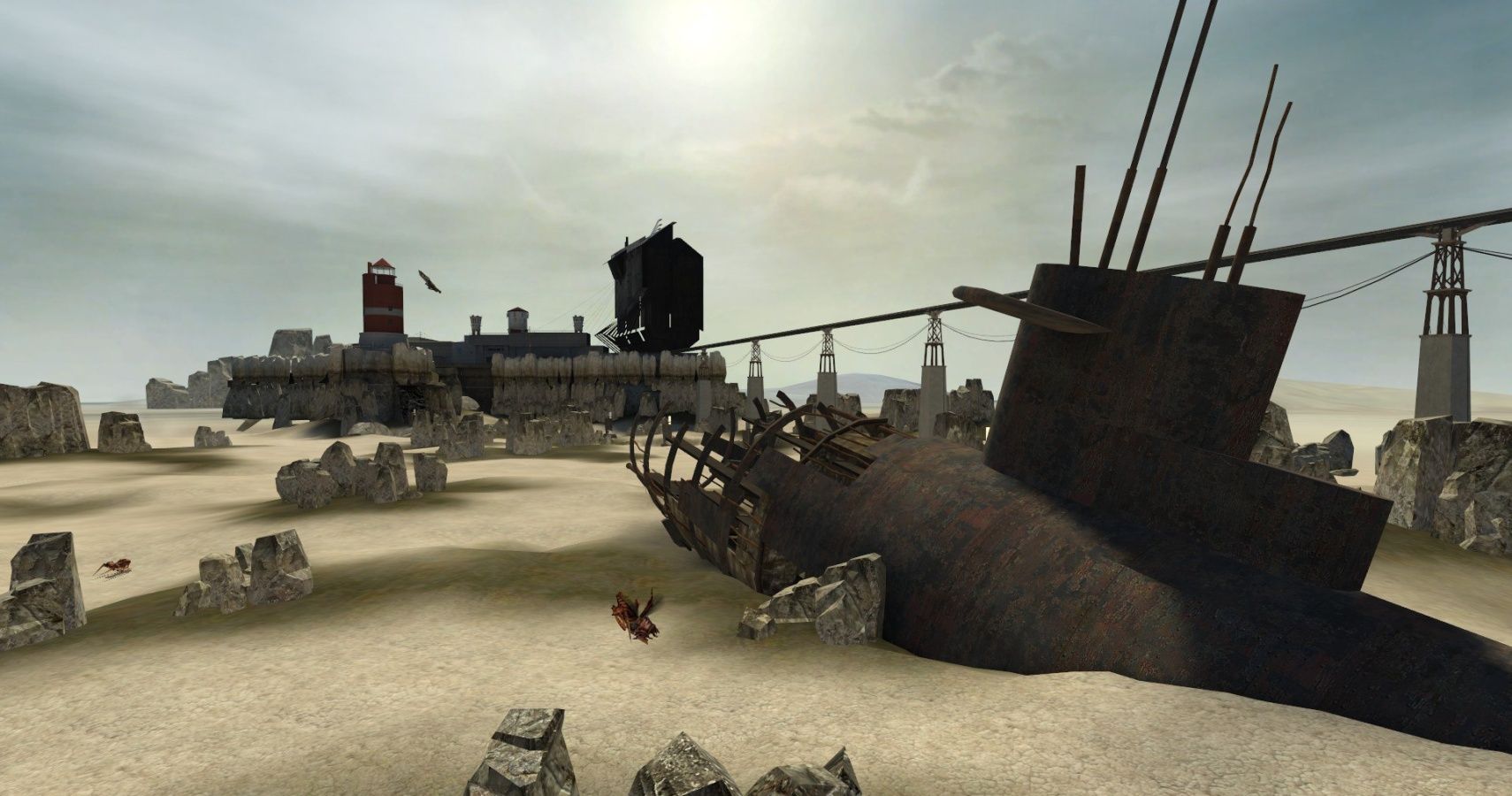
10 Crazy Pieces Of Cut Content In Half-Life 2 (That We Wish Stayed In)
Half-Life 2's development history is fascinating and well-documented, exposing a trove of cut content that players would've loved to see.
The Citadel itself also went through a number of revisions before the final release, with some versions being more jagged and ugly, as opposed to the sleek and mostly featureless version seen in the retail version. The overall feeling would've been similar to that of Blade Runner.
4 Enemy Types
Many Enemies Went Through Significant Changes 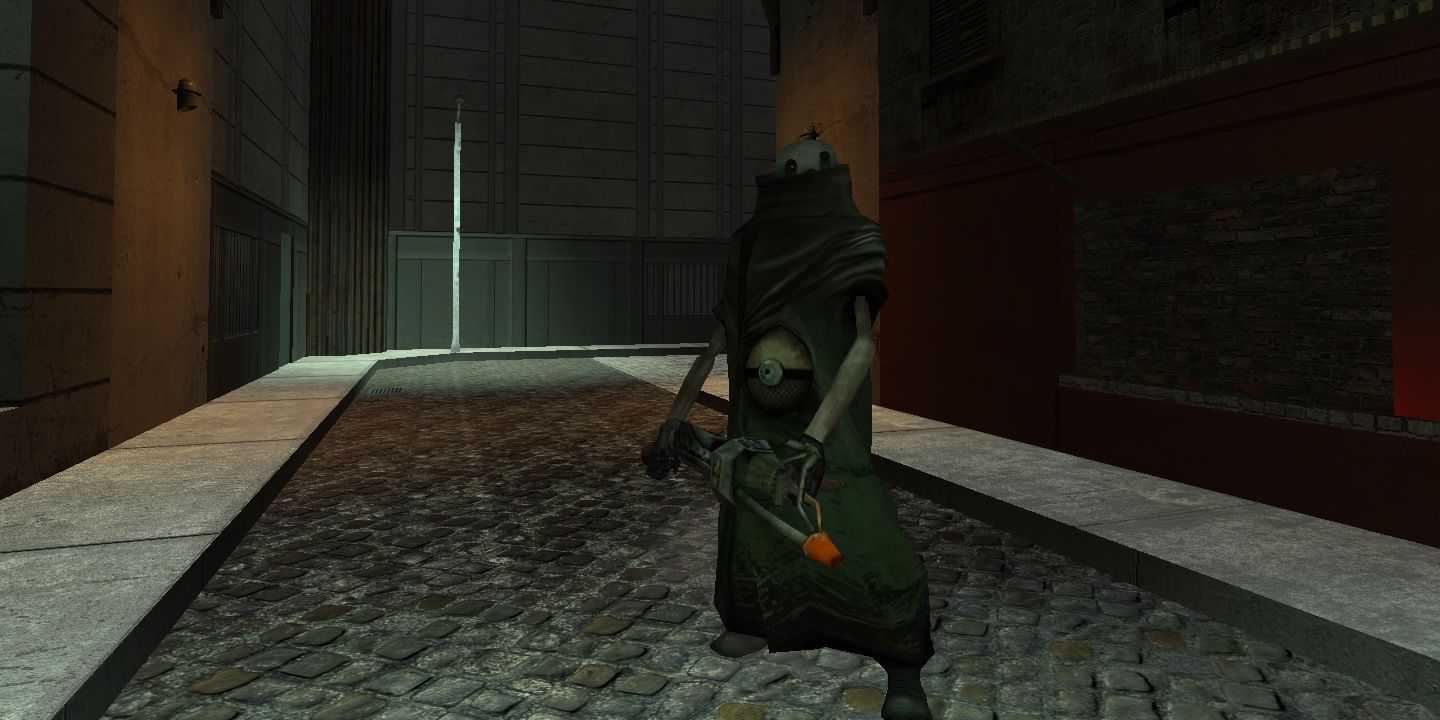
One of the things that went through major changes throughout the development of HL2 were the enemies the player would encounter. Some enemies, like the Half-Life 1 Bullsquids, were set to return in some levels, but were eventually cut, along with many of those same levels.
The Combine also had a few more classes in their ranks, most notably the creepy looking Cremator, which was an incendiary enemy type that was almost reused in Half-Life: Alyx. The other well known cut enemy is the Hydra, a neon blue tentacle monster that appeared in the E3 demo presentation but was never in the final release.
3 Gordon Freeman's Arsenal
Several Weapons Were Unfortunately Cut
The weapon selection of HL2 is certainly one of the more iconic armories in FPS history. Earlier builds of the game had some guns that never made it to the final release, however. Not only were weapons like the MP5K and AK-47 included, but the infamous XM29 OICW rifle, a real-world assault rifle with an integrated grenade launcher, was set to appear before being cut and replaced by the AR2 Pulse Rifle.
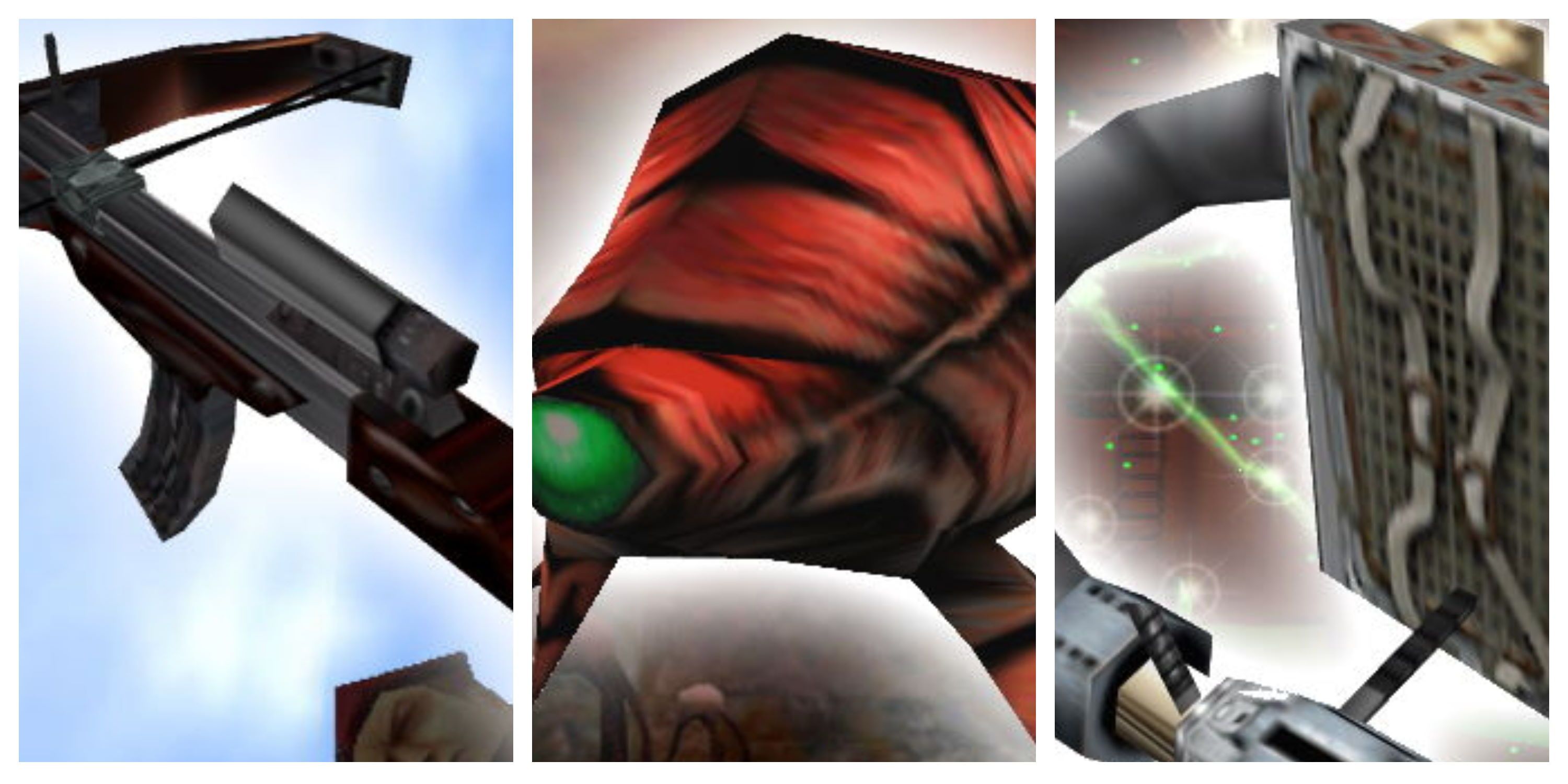
Half-Life: Best Weapons, Ranked
Once you grab these weapons, clearing out Black Mesa and Xen will be a whole lot fairer and more gratifying.
Even the Gravity Gun was almost a different weapon, known as the Physgun. This weapon would eventually reappear in Garry's Mod of all places. Many of these weapons were shown to the public at various E3 Demos prior to the game's launch in 2004, but were unceremoniously cut from the final product.
2 The Role Of Children
Children Were Almost Used As Slave Labor
In the retail version of the game, children are completely omitted from City 17 as a result of the Suppression Field, which prevents humans from sexually reproducing. This stands in stark contrast to pre-release builds, in which children were not only fully modeled and voiced, but kept as slaves by the Combine to work in their factories making equipment for their forces.
They were also found as corpses in Ravenholm. The children were cut in 2002 after negative feedback from both developers and play testers, likely because it simply made the game too dark, something Valve eventually steered HL2 away from in general.
1 The Air Exchange
Earth's Atmosphere was Being Intentionally Poisoned
Of all the sorely-missed cut content from HL2, the Air Exchange ranks high on the list. This network of super machines was designed by The Combine to replace Earth's atmosphere with one more hospitable for them, in turn making it less hospitable for humanity.
The effects of this were meant to be extremely apparent, with most NPCs having to wear gas masks outside. This would have also served as the setting for one of the games major levels, as the destruction of the AirEx was supposed to kick off the revolution, much like the breakout at Nova Prospekt does in the final game.

